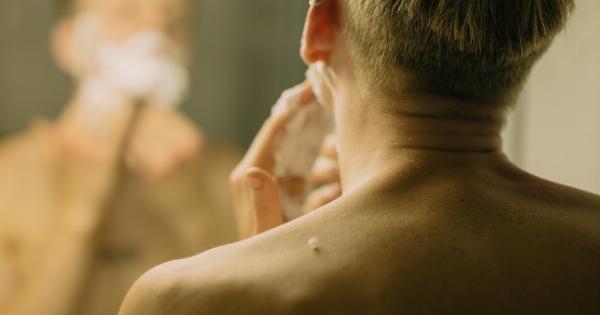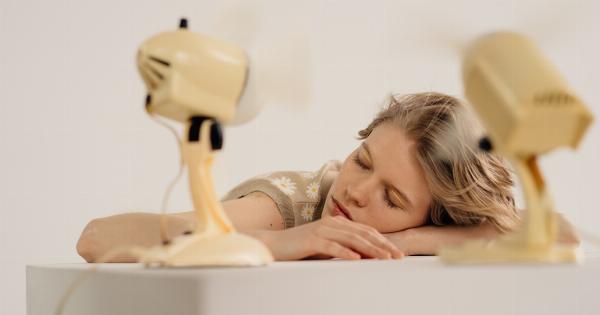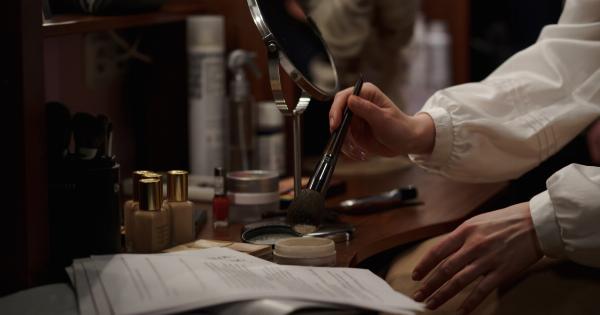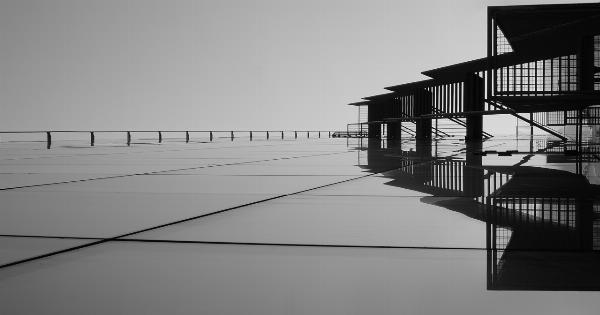Shaving is a common grooming practice for both men and women. While it may seem like a simple and effective way to remove unwanted hair, there are actually several negative effects associated with shaving.
In this article, we will explore some of the potential drawbacks of shaving and how they can impact your skin and overall well-being.
1. Skin Irritation and Redness
One of the most common negative effects of shaving is skin irritation and redness. When you shave, the razor blade can cause tiny nicks and cuts on the surface of the skin, leading to inflammation.
This can result in red, itchy, and sensitive skin, especially for those with sensitive skin types.
2. Razor Burn
Razor burn is another unpleasant side effect of shaving. It occurs when the blade scrapes too closely against the skin, causing friction and irritation. This can manifest as a rash-like appearance with swollen, red bumps.
Razor burn can be painful and may also lead to itching and discomfort.
3. Ingrown Hairs
Ingrown hairs are a common problem associated with shaving. When hair is cut at an angle, it can sometimes regrow and curl back into the skin, leading to ingrown hairs.
This can result in red, inflamed bumps that can be painful and may even become infected if not properly treated.
4. Dryness and Flakiness
Shaving can strip the skin of its natural oils, leading to dryness and flakiness. The act of shaving itself can remove the outer layer of dead skin cells, leaving the skin vulnerable to moisture loss.
This can result in dry, tight, and flaky skin, which can be uncomfortable and aesthetically displeasing.
5. Increased Sensitivity
Frequent shaving can cause the skin to become more sensitive over time. As you repeatedly remove the hair follicles from the surface of the skin, it can disrupt the skin’s natural barrier and make it more prone to reacting to external irritants.
This can lead to increased sensitivity and a higher risk of experiencing negative reactions to skincare products or other potential irritants.
6. Razor Bumps
Razor bumps, also known as pseudofolliculitis barbae, are small, raised bumps that appear after shaving. They occur when shaved hairs grow back into the skin and cause an inflammatory response.
Razor bumps can be unsightly and may also be accompanied by itching and discomfort.
7. Time and Effort
Shaving is not only associated with potential negative effects on the skin; it also requires time and effort. Regular shaving can be a time-consuming task, especially for individuals with dense or fast-growing hair.
Additionally, it may be challenging to achieve a close and smooth shave, leading to frustration and the need for repeated grooming sessions.
8. Increased Risk of Cuts and Infections
While shaving, there is always a risk of accidental cuts or nicks. These cuts can range from minor to more severe, potentially requiring first aid and leaving visible scars.
Additionally, when the skin is compromised, such as through cuts or razor burn, it becomes more susceptible to bacterial or fungal infections.
9. Temporary Hair Removal
Shaving provides only temporary hair removal. The hair is removed at the surface level, so regrowth occurs relatively quickly.
This necessitates frequent shaving to maintain a hair-free appearance, which can be time-consuming and contribute to the cycle of negative effects mentioned earlier.
10. Impact on the Environment
Lastly, shaving can have a negative impact on the environment. Disposable razors and razor cartridges contribute to the growing problem of plastic waste.
Additionally, shaving cream or gel containers are often made of plastic and can also contribute to pollution. Considering more sustainable alternatives to shaving, such as electric razors or other hair removal methods, can help minimize this environmental impact.






























